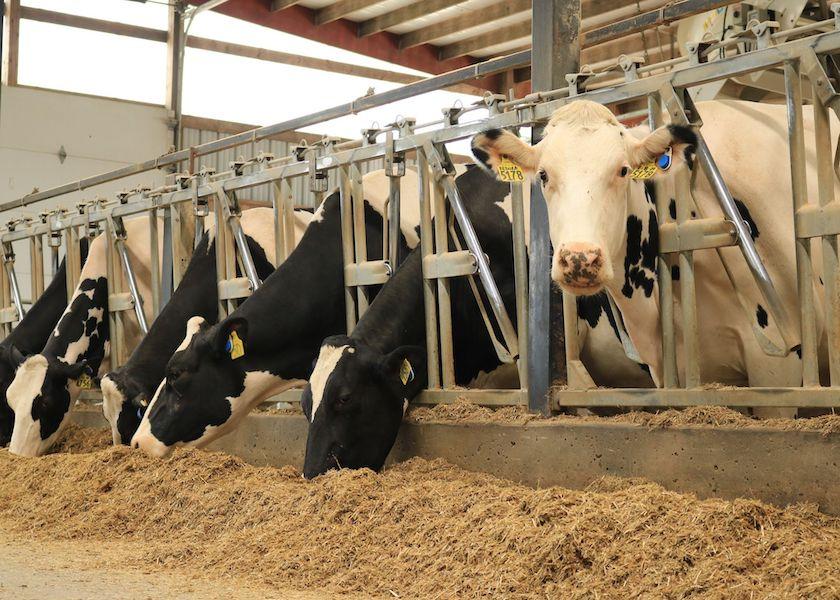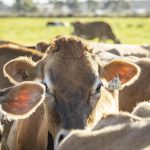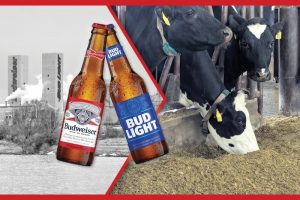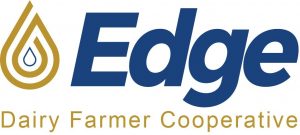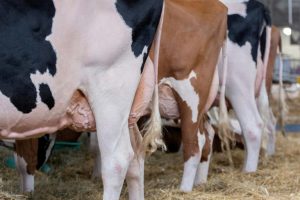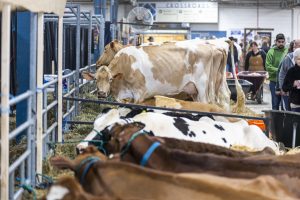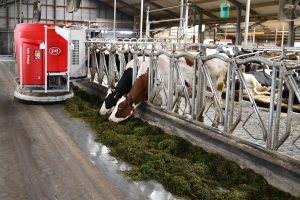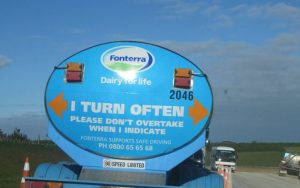
Dried distillers grains with solubles (DDGS) are the most common co-product derived from ethanol production. The fraction of corn remaining after ethanol production is high in protein and can serve as an economical substitute for soybean meal in lactating dairy cow rations.
However, it has been widely observed by dairy producers and nutritionists that reduced production responses – in terms of milk yield, components, or both — are almost a given when soybean meal is swapped out for DDGS.
Ohio State University graduate student Kirsten Clark, under the supervision of Dr. Chanee Lee, conducted a research study to better understand and potentially head off the seemingly inevitable production hit that cows take when consuming DDGS as a protein source.
Clark and her team speculated the reason for the production change was due to the high sulfur (S) content in DDGS, due to either toxicity or a shift in dietary cation-anion difference in the ration. Another potential culprit: high levels of polyunsaturated fatty acids (PUFA) in DDGS compared to soybean meal.
To test their theories, they enrolled 60 lactating cows in the study, which was recently published in the Journal of Dairy Science. Cows were segregated into one of 5 TMR feeding groups:
- Soybean meal (SBM) – A relatively traditional ration with soybean meal as the main protein source, and 178 mEq/kg DM of DCAD.
- DDGS (DG) – A modification of the SBM diet with DDGS added at 30% (DM basis) by replacing mainly soybean meal, soy hulls, and supplemental fat, with a DCAD value of 42 mEq/kg DM.
- Soybean meal plus sulfur (SBM+S) – The standard SBM diet, modified with an additional dose of dietary sulfur in the form of sodium bisulfate, resulting in a DCAD value of 198 mEq/kg DM.
- Soybean meal plus corn oil (SBM+CO) – The standard SBM diet, supplemented with added fat via corn oil; 165 mEq/kg DM of DCAD.
- DDGS with elevated DCAD (DG+DCAD) – The DG diet with elevated DCAD – achieved via supplementation with sodium bicarbonate and potassium carbonate – to achieve 300 mEq/kg DM of DCAD.
All cows were fed the standard SBM ration for the first 10 days of the trial, then switched to their respective trial rations for 5 weeks.
- The experiment confirmed that milk fat depression occurs when high DDGS are included in a lactating ration, and that high PUFA is a dietary factor associated with low milk fat.
- The high sulfur content of the DDGS ration did not appear to have a direct effect on the reduced production responses of the DG group. However, it did have an indirect effect, in that the negative ionic charge of sulfur lowered DCAD, impairing the acid-base balance of the cows and likely contributing to milk fat depression.
- High PUFA content also appeared to be a factor in causing reduced production responses to a high DDGS diet.
- Increasing DCAD to 300 mEq/kg DM in the DG+DCAD group eliminated the milk fat depression observed in the DG diet alone.
The authors concluded that preventing impairment of milk and component production when feeding at least 20% DDGS can be achieved by raising the DCAD to approximately 300 mEq/kg DM. They said combining DDGS with elevated DCAD can be a useful strategy in lowering feed costs and increasing income over feed cost without reduced production responses.
You can now read the most important #news on #eDairyNews #Whatsapp channels!!!
🇺🇸 eDairy News INGLÊS: https://whatsapp.com/channel/0029VaKsjzGDTkJyIN6hcP1K
